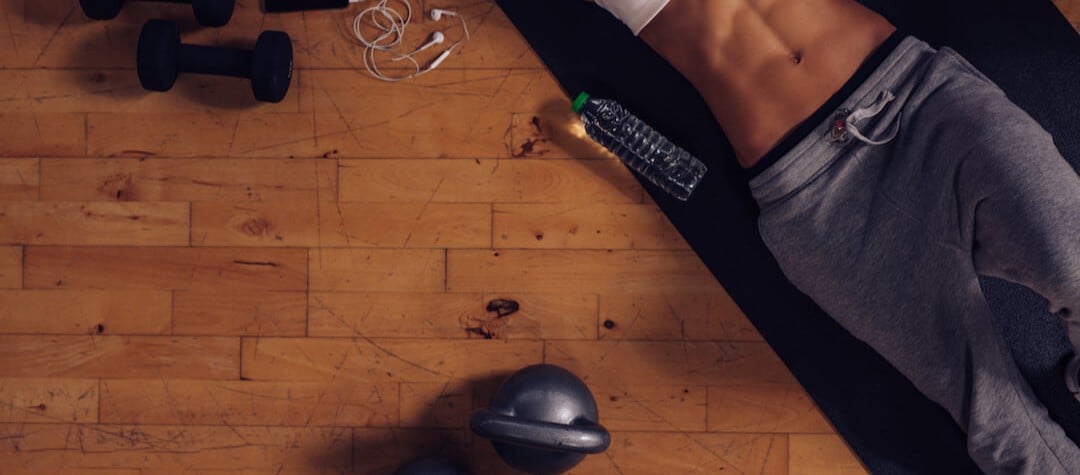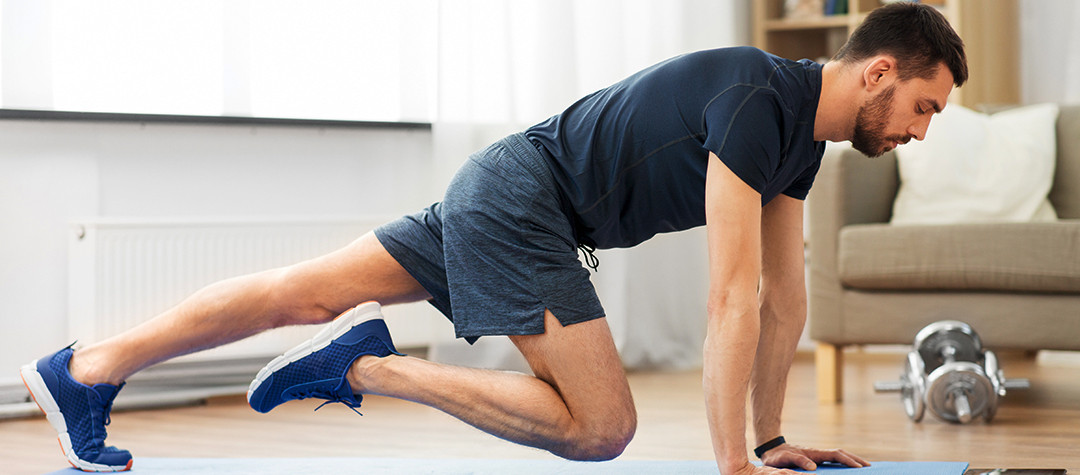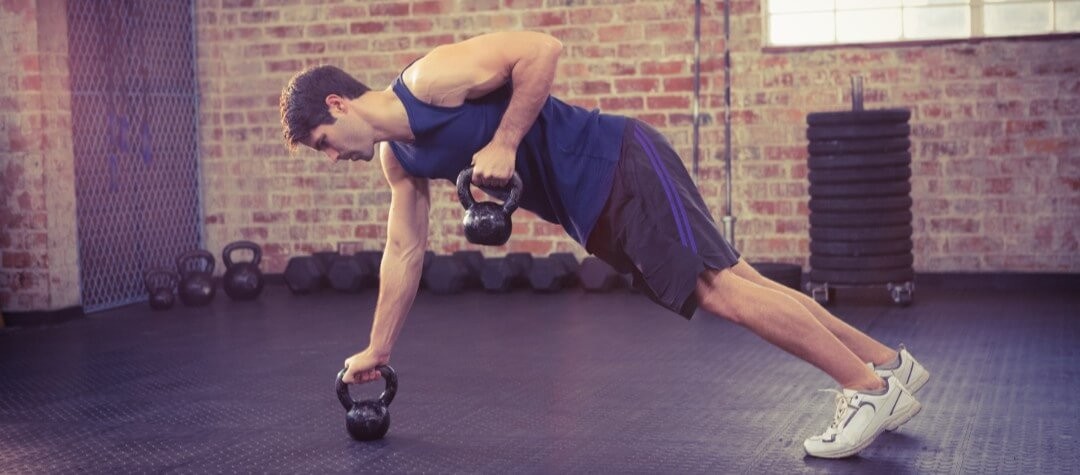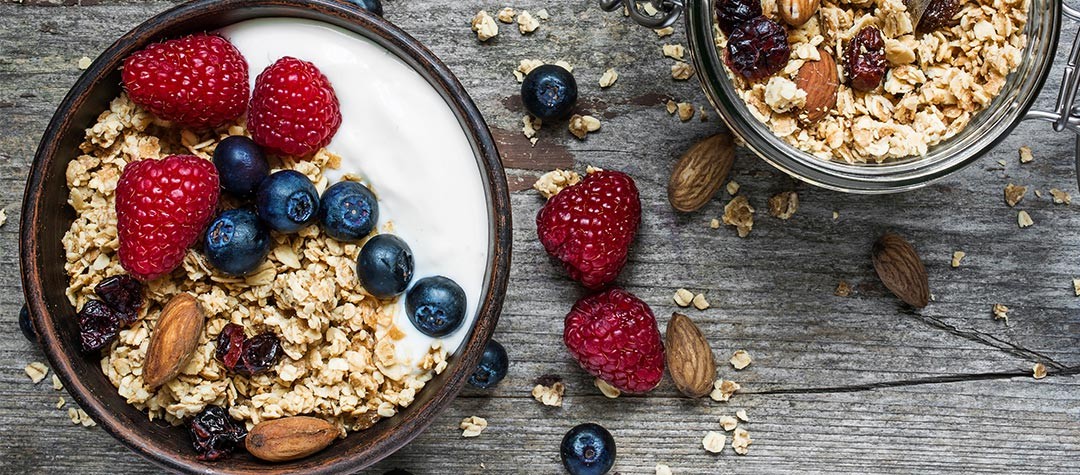Following the same weekly exercise routine may help maintain your fitness but will not actually improve it. Introducing some variety in the form of cross-training could be the key to training progression.
Ask yourself, when was the last time you changed your exercise routine? If you're anything like most exercisers, the answer is probably a long time ago. Most people carry out the same training week in week out, which maintains their basic level of fitness, but also means that they struggle to improve because they have reached a plateau. If your training is always the same, consider introducing some variety by cross-training.
Benefits of cross training
Engaging in cross training could reap a whole host of fitness benefits including:
- Increased motivation and interest - your workouts become more fun.
- Physiological adaptation - your body adapts to the new challenges.
- Training progression - your sessions become more advanced.
- Improvement in your exercise - you get fitter through your exercise.
With today’s busy lifestyles, probably the biggest bonus of cross-training is that you can get fitter and stronger without committing any more time to exercising.
You are less likely to develop any overuse injuries because you will not be confining your exercise to a single activity, like solely running or only ever weight-training. This keeps the body in balance and provides all round conditioning which is ideal for long-term health and fitness.
The triathlete’s fitness example
An excellent example of cross-training is the sport of triathlon , where athletes compete in three disciplines; swimming, cycling and running, one after the other. Arguably, triathletes have the best all-round fitness of any athlete because their sport requires good upper and lower body strength, flexibility and a strong cardiovascular (CV) system (heart and lungs). For success in their chosen sport, triathletes don’t specialise in one type of exercise. Instead they have an all-round fitness plan, which is the best way to achieve balance in your health and fitness programme. Looking at the triathlon, the competitors will be getting an all-over-body workout; for example:
- Swimming - upper body muscles and also legs a little.
- Cycling - mainly legs but also arms on the hills as they pull on the handlebars.
- Running - mainly legs but also core muscles to keep the body upright and hold everything in.
- All three disciplines - the CV system.
Additionally, the movements are very different in each activity so although legs are involved in all three forms of exercise, different muscles are employed, which provides an all-round workout for the body.So what can we learn from the triathlete’s exercise example?
Keep a mix of activities in your exercise programme and ensure it includes a variety of strength, cardiovascular and flexibility work. If you enjoy a weights workout in the gym, for a change, try some of the cardiovascular machines and spend 10 minutes stretching after your usual session. Similarly, if you always head for the cross-trainer or only ever run, try the bike and a few weights machines. Importantly, ensure that you get proper instruction so that you use good technique and avoid injury if you are unused to a new discipline or machine.
Alternative cardio activities
You don't need to enter a triathlon competition to get cross-training gains but do consider adding variety to your program to maximise your all-round health and fitness benefits. How about dipping into one of the alternative CV activities below to mix up your training:
Gym-based activities:
- Cross-trainer
- Treadmill
- Indoor rower
- Hand cycle
- Stationary bike
- Aerobics classes
- Spinning classes
- Circuit training
- Walking
- Jogging
- Running
- Rowing
- Swimming (pool and outdoor)
- Cycling
- Canoeing
Change the resistance of your training
Equally, if your exercise sessions are usually confined to working your way around the static weights machines, have a try at some of the following alternative resistance training activities to kick start some improvements:
- Core exercises
- Free weights, such as dumbbells and barbells
- Bodyweight exercises
- Cable operated weight-training machines
After a few weeks, reintroduce some of your old exercises and you’ll notice a difference as your body has further adapted to the new challenges that you have set it and your overall condition has improved.
In conclusion, the optimum way to maximise your exercise gains, is to continually mix up your training sessions, providing: variety, interest, motivation and total body fitness, without spending your life working out.
Research shows that people who cross-train manage their weight more easily because they’re working muscles all around the body and thereby raising their metabolic rate. So, by mixing up your training, you not only keep your workout fresh, you burn more calories too.














